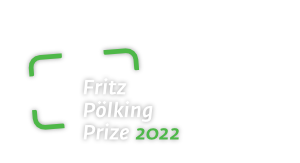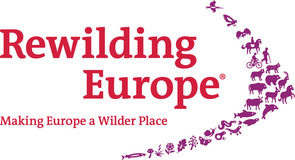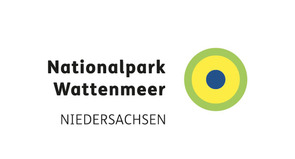The jury's comment
by Patrick Brakowsky (on behalf of the jury)
This year the Fritz Pölking Prize returns to its proverbial home port. After taking us to the Mexican/US border (2020) and to the locusts in Uganda (2021) in the past two years, the winning series is now set in Greifswald harbour at night. Contrasts in the setting could hardly be any greater. In terms of content, too, this story seems to lack complexity or socio-political relevance that was evident in the previous award-winning series by Alejandro Prieto and Jasper Doest. Not even the species portrayed manages to attract attention, because grey herons are, after all, everywhere. The pictures we see here could, as one of the jury members put it, be taken by anyone. Is that true?
Since the award has been integrated into the European Wildlife Photographer of the Year competition, the stories it yields have become more international, more significant, even more political. This could again be clearly seen at this year's meeting of the jury. There were also again the more classic nature reports from remote regions of the world or from the unknown depths of the seas; there were photographic expeditions into the realm of research and bold creative experiments. This pleasing diversity made comparability difficult as many of the submissions had to be judged according to different criteria. We therefore concentrated more on the coherence of the individual series and let the images work on us again and again in their sequence. And finally we found that Jan Leßmann's series Lockdown Heron thrilled us the most.
Yes, in general these are pictures that anyone can take, but as is often the case in art: the simple things are the most difficult to realise. To bring out the unusual in the usual requiresa high degree of creativity. With this series Jan Leßmann illustrates all this. Over the past two and a half years we have all frequently heard the motto "making a virtue out of necessity" from photographers. Those who could not travel found their subjects on their doorstep. Many of us learned to appreciate the local nature even more. The grey heron in the harbour of Greifswald is no exception, but Jan Leßmann takes it one step further: He takes the viewer into the dark, desolate time of Covid shutdown inthe winter of 2021. Where life was raging before, there is now silence; instead of people celebrating in and in front of the city's pubs, there is only the dim light of the street lamps, which actually has no purpose in those days: There is no one there anyway.
Except for the grey heron, which, by the way, is an old acquaintance in Greifswald's nightlife and is therefore certainly not surprised being followed night after night by a young man with a camera. This young man photographs him in the midst of thecity scenery, lurking under a bridge for prey, or after a successful hunt as an atmospheric silhouette close-up. He spots the bird in an almost surreal snowy scene of black and white with the flash, shows his delicate plumage in close-up and creates optical confusion when depicting heron and fish: what is real, what is reflection? It is the multifacetedness and the courage to take new perspectives that make this little story about an everyday bird so haunting and show that animal photography often depends more on empathy and creativity than on exoticism and speed.
This year, the Fritz Pölking Junior Prize has a double premier. For the first time a reportage is being awarded in the under 27s, and for the first time, it comes from two photographers who have worked together on one project. Both is remarkable. How worthwhile it is to photographically explore a certain topic asa team has become increasingly apparent in recent years,also within and around the GDT. It provides a broader view of a project -both in terms of content and aesthetics -and this is especially true for a complex story like the one about bears in Romania, which the young Dutchmen David Hup and Michiel van Noppen tell their audience. In best storytelling style with only a few pictures, they succeed in presenting different facts which equally affect animals and people in this region in Europe. For example, there is the connection between the deforestation of thebears' habitat and the resulting necessity to search the nearby villages for food, which in turn inevitably leads to conflicts with the population. On the other hand, there is also the great admirationfor these animals, which is expressed in the traditional Ursul dance with elaborately designed bear costumes. Those who look at the pictures of the two photographers understand the contradictory story behind them without necessarily having to read explanatory texts.
This form of communication with the means of photography is of great significance, especially today, in times of sensory overload through images. And it inspires immense optimism that the generation of young photographers dares to delve deeper into a subject beyond the successful individual image -regardless of whether it is the coexistence of bears and humans or a lone heron in the city harbour.










